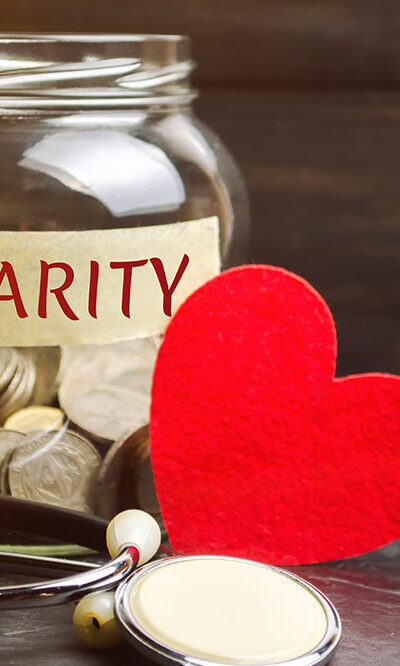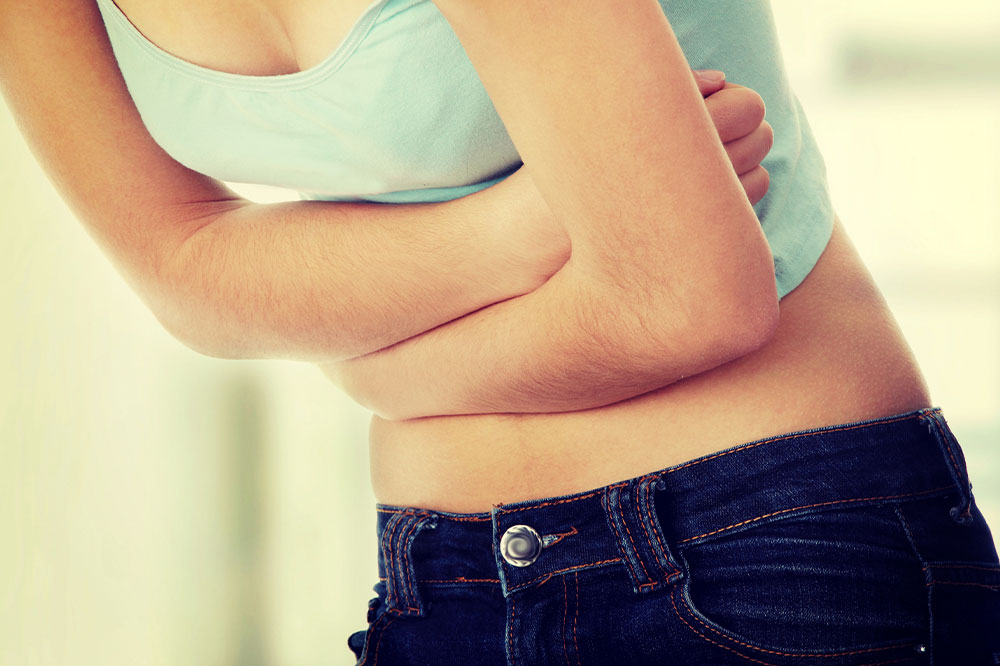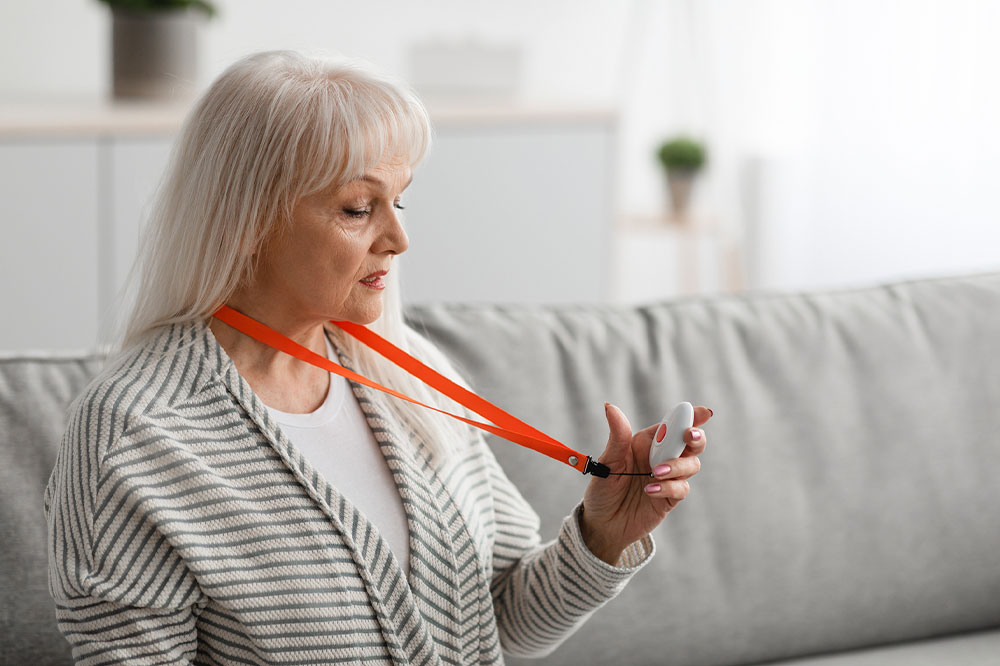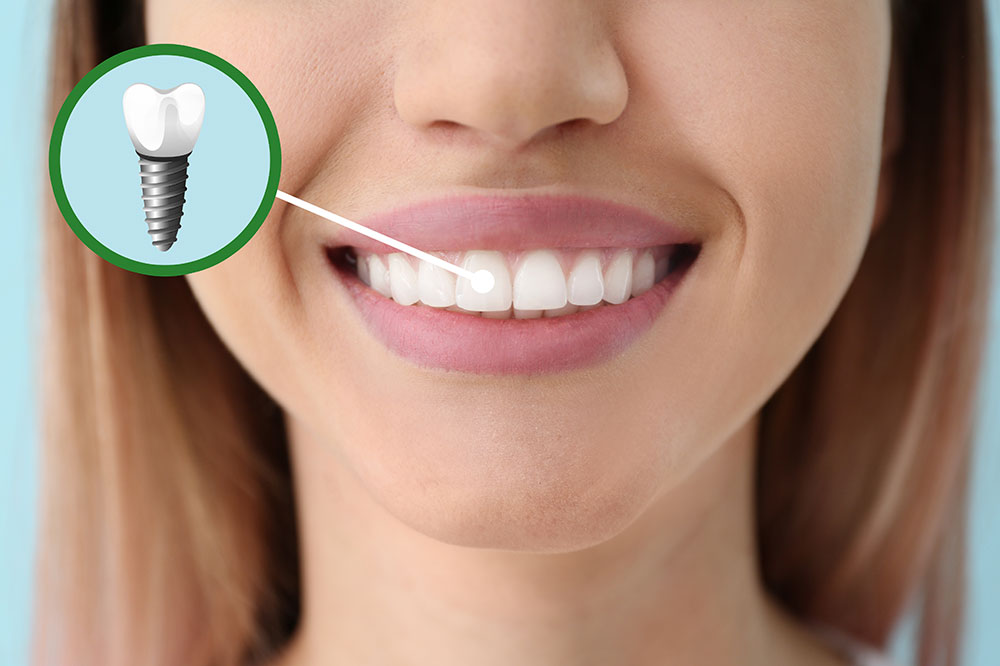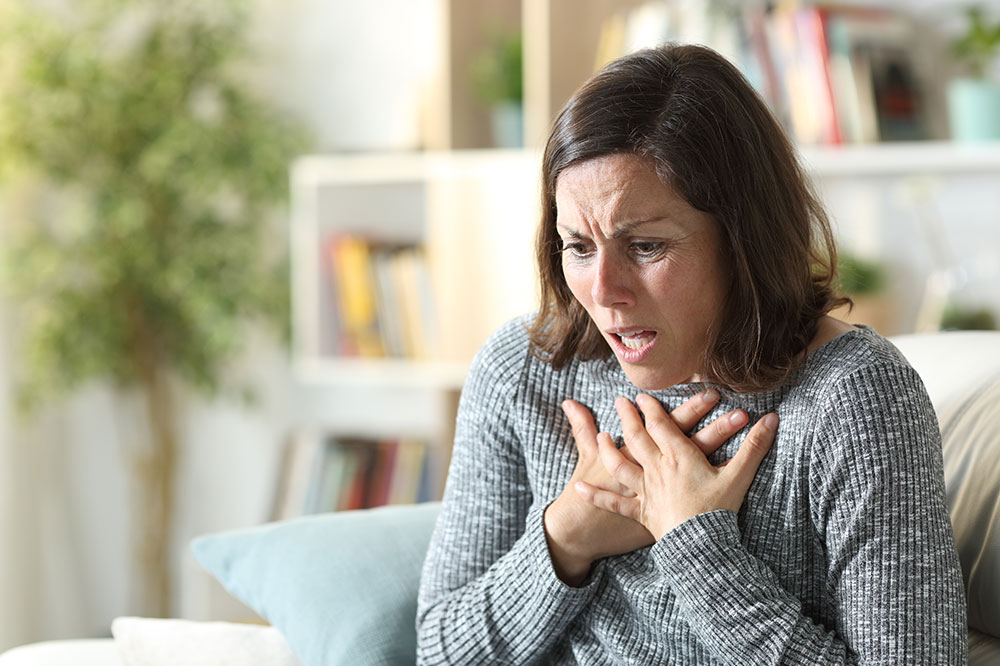Tips to Clean and Disinfect Homes Effectively
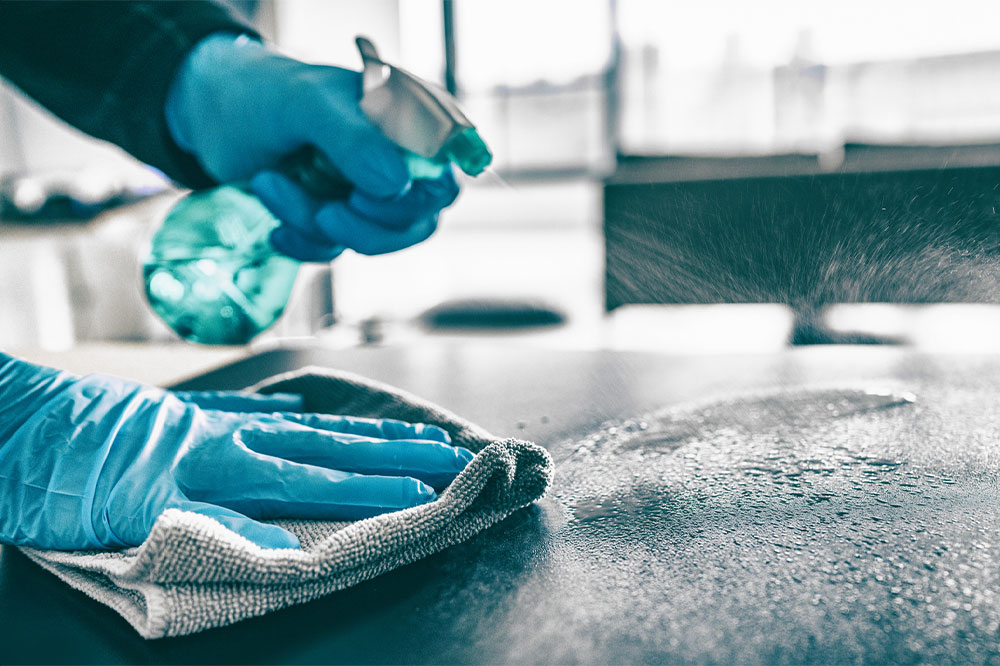
Disinfecting homes is an essential chore, especially for houses with children, the elderly, or an unwell family member. While cleaning removes muck, dust, and debris off a surface, disinfectants limit germs and bacteria and keep them from spreading. The microorganisms may not be visible to the naked eye but can be responsible for contributing to various infections. This article highlights some tips on using disinfectants and lists useful products to help clean the house.
Why is disinfection important?
While cleaning does the job of getting rid of marks, dust, debris, and sticky residue on a surface, disinfectant takes care of the germs and bacteria. Using these sterilizing chemicals regularly means keeping infections at bay. This is especially important for people with weak immune systems or family members prone to illness. Disinfecting the house after having guests over also limits the possibility of spreading infections and bacteria. It is a healthy and hygienic practice to follow.
Areas in the house that need disinfectants
While it’s good practice to use disinfectants across the entire house, certain areas need special attention:
The kitchen
Kitchens are the heart of every home, and it is essential to keep them clean. A dirty kitchen attracts rodents, roaches, ants, and insects that one definitely doesn’t want to encounter anywhere near their food. Cleaning the counter as you cook is the best way to ensure you get all the vegetables or meat leftovers off the area. After one’s finished eating, it’s essential to clean the cooktop, counter, and sink thoroughly. That also includes washing dishes and keeping the sink clean. Using a disinfecting spray or liquid can further alleviate the issues related to germs and bacteria.
Bathroom
Bathrooms tend to be a veritable ground for germ infestation if one isn’t careful. Deep cleaning the bathroom twice or thrice every week is a good practice, and that way, it doesn’t accumulate a lot of dirt in the first place. Using a disinfectant spray once after taking a shower can eliminate the spread of bacteria and keep the place clean and safe to use for the other family members.
Toilet
It’s needless to say why this area of the house needs regular cleaning. There are many sanitizing sprays and liquids available to keep the toilet bowl and toilet seat clean and fresh. The disinfectant liquids can be blue, green, or pink in color and are used to keep the bowl smelling fresh after use. Some of the disinfectants used in toilets include Ty-D-Bol Blue In-Tank Liquid, Clorox® Toilet Bowl Cleaner with Bleach, Scrubbing Bubbles Continuous Clean Drop-Ins, and Lysol® Power Toilet and Bowl Cleaner. Keeping these solutions handys could go a long way in this case.
Wastebins
It’s essential to keep wastebins in the house clean and disinfected to avoid insects from being attracted to the trash. The bins need to be lined properly with a disposable bag that properly holds the waste and does not let the walls or the bottom of the bin get contaminated. There are various disinfecting sprays or wipes one can use before touching the lid directly or with gloves on. It is strongly recommended to clean bins using a disinfectant spray rather than using just water and mild soap.
How should one disinfect correctly and safely?
Read the label
It’s advisable to read the product label for instructions as they tend to clearly detail what personal protective equipment must be used while using it. Many disinfectants can contain ingredients that may require the user to wear gloves, goggles, glasses, or a mouthguard.
Check the quantity
The required quantity will be stated in the instructions, and it must be followed to gain the desired results. Some products may need to be diluted with water and some may be used directly.
Clean before disinfecting
It is ideal to wash the desired surface with soap or detergent before going in with the disinfectant as the product might not have a cleaning agent.
Ventilation is essential
While using a disinfectant, it is important to keep the area well-ventilated to avoid the fumes or odor from affecting the user. Open the doors and windows and ensure the kids are away from the area.
Besides surfaces, people also disinfect toys, couches, bedding, and laundry. These are high-touch areas and are prone to being a breeding ground for bacteria.
Baby toys, blankets, floor mats
The ideal way to disinfect toys for infants and toddlers is to sterile them. The cleaning process largely depends on the material of the toy. Plastic and rubber toys can be cleaned using detergent or soap in hot water. Stuffed toys, blankets, and cloth floor mats can be washed in the washing machine, and there are many laundry disinfectants available as well from brands like Clorox® and Lysol®. Toys can be cleaned with soap or detergent in hot water from time to time. In case of a teething infant, chew toys must be soaked in hot water bowls before every use. There are also many disinfectant wipes available for quick cleaning.
Laundry disinfectants
Laundry includes everything from clothes and blankets to pillowcases and comforters. These are things that individuals and families come in contact with every day. It is best to use top-rated options to minimize the risk of germs and contamination. Some of the disinfectants one can consider are Clorox® Laundry Sanitizer and Clorox® Fabric Sanitizer.
Some of the often-touched surfaces at home include switches, tables, door knobs or handles, door bells, laptops, keyboards, and remotes. These can be easily disinfected using sanitizing wipes, so keeping alternative products like wipes and disinfectant pods and further secure your home.
